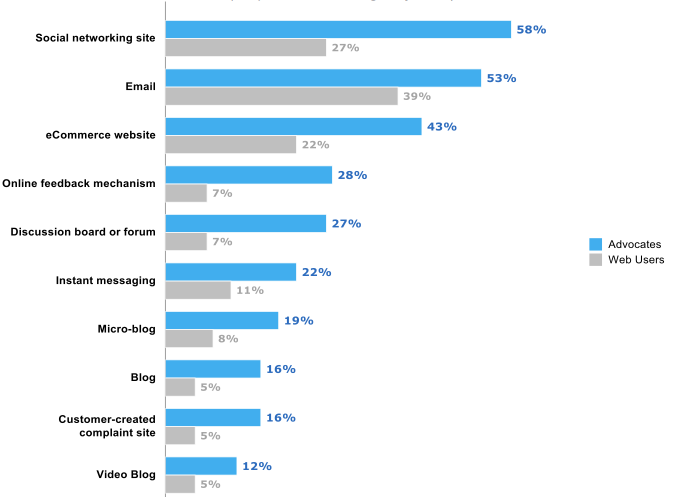By adaptive - March 27th, 2013
In the last part of this series we look at how B2B organisations can find and nurture their brand advocates to deliver positive sentiment that can result in real-world sales.
Communicate clearly

Close the loop
- You can't react if you don't know.
- Be quick to acknowledge.
- See it from their point of view.
- Take it out of the spotlight.
- Say sorry when it's your fault.
- Don't feed the troll.
Next Reads
June 2014, New York
Become a social business: For superior marketing response, sharper corporate decision-making, enhanced innovation and a happier, more loyal customer
Brochure Programme